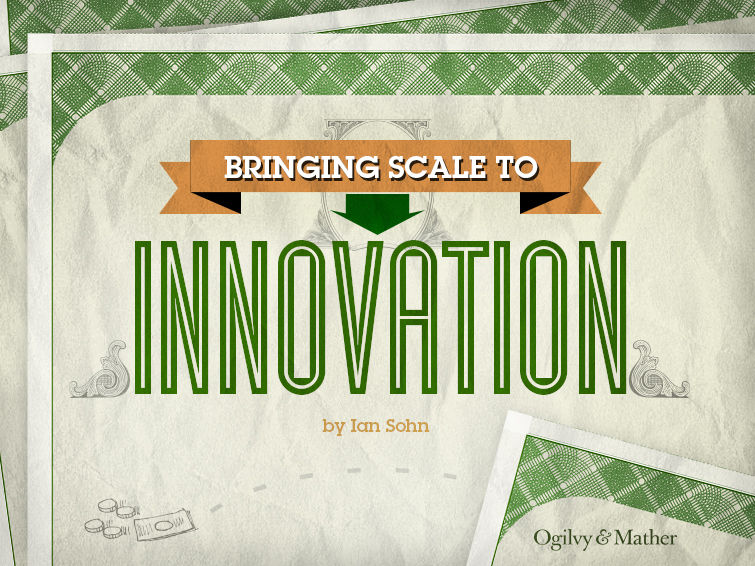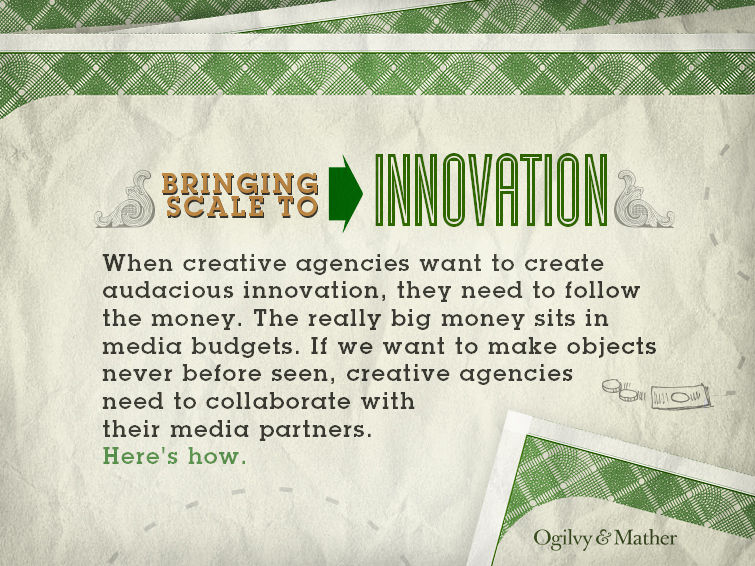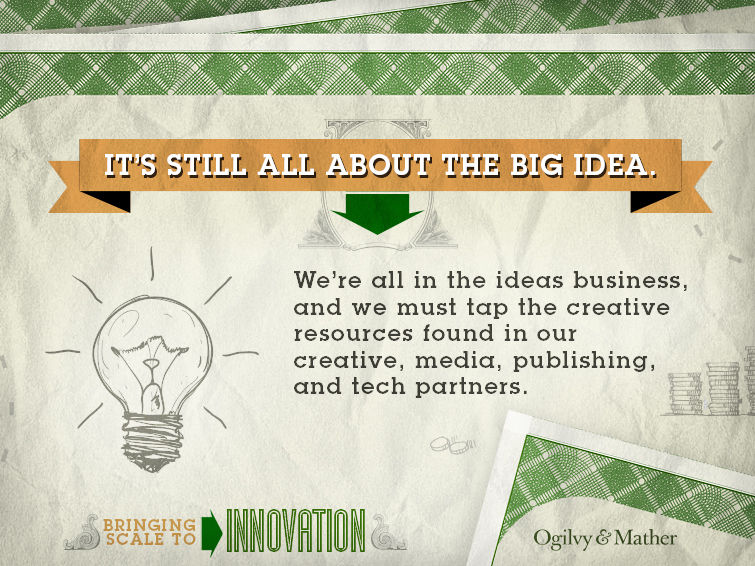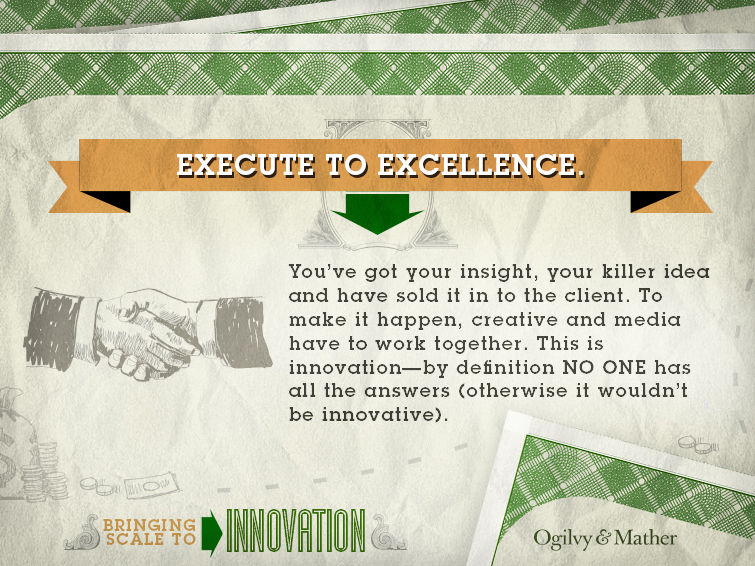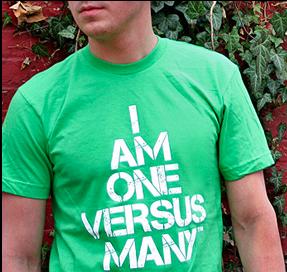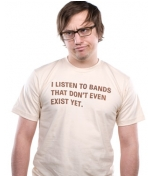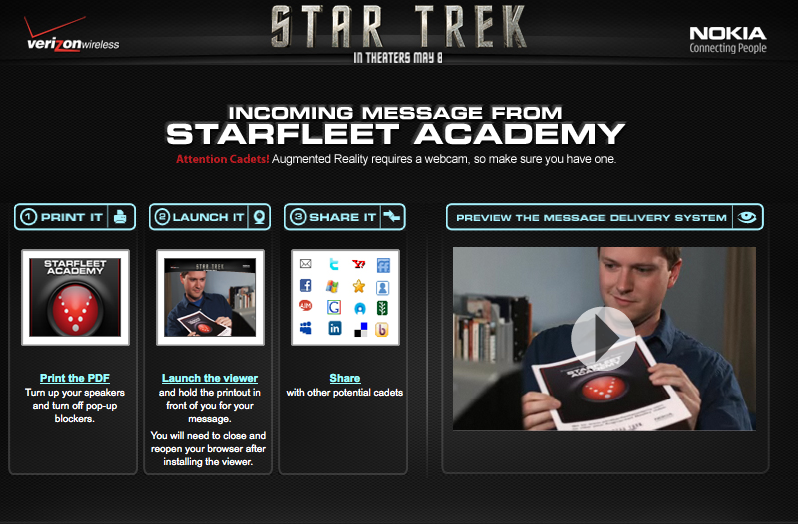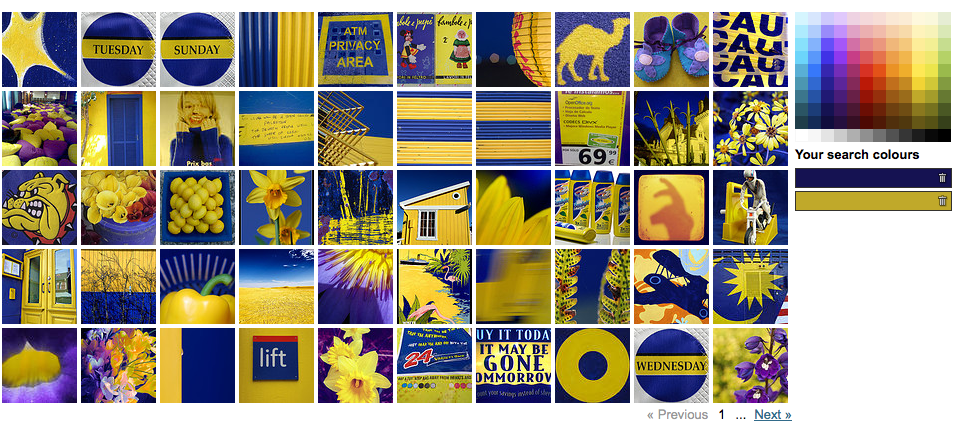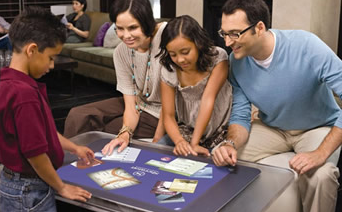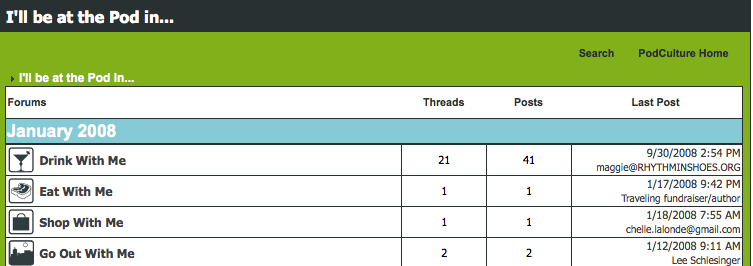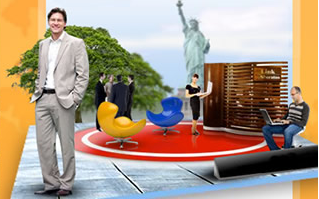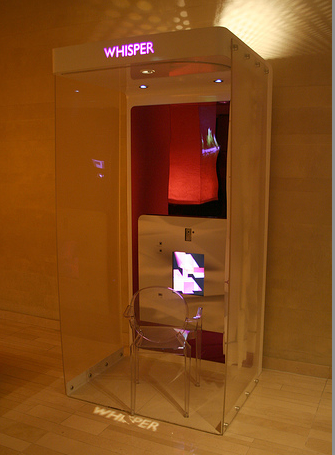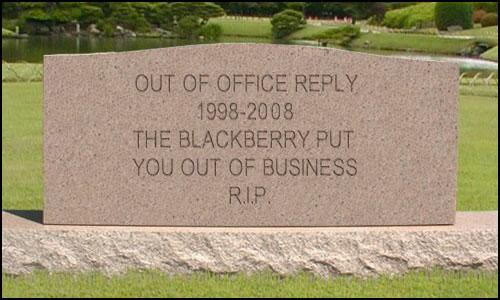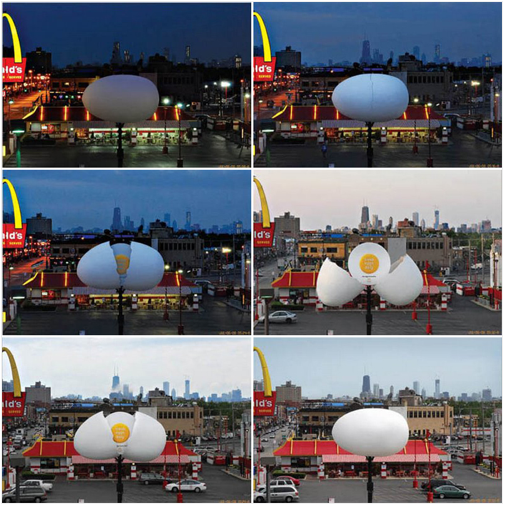This was originally posted on Ogilvy's Travel and Tourism blog. I realize most of the people who read this blog already know about Foursquare. But for my father ...
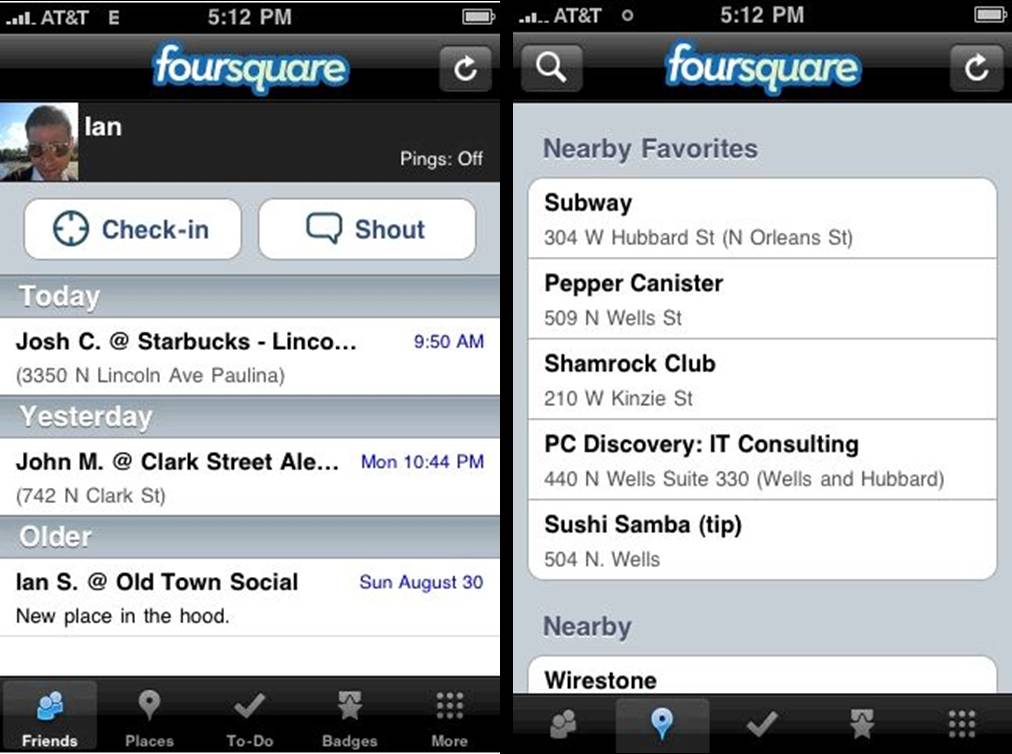
Foursquareis an interesting, fun and [at times] useful service that’s gotten some
solid buzz in the last few months. It’s the brainchild of the folks
who brought us the one-time Internet service darling, Dodgeball. I
found this article from the New York Future Initiative which does a nice job of explaining the service, and the creators’ vision for what it might become.
With the ever-growing buzz, I thought you might appreciate the skinny …
What it is
Foursquare describes itself as 50% friend-finder, 30% social cityguide, 20% nightlife game, though my personal bias is that [at least for the time being] it’s more game.
How it works
A player checks in with Foursquare when they are out and
about at a restaurant, bar, museum, movie theater, etc. Checking in
earns you points. Points earn status [e.g, I was for a fleeting moment
the Mayor of the Bowery Hotel Bar]. You can also earn badges for doing interesting things, like checking in at odd times or out-of-the-way places.
For now points/badges only get you bragging rights, though clearly that will change at some point [e.g., Ian checked in 5 times at Old Town Social, earning him a free cocktail].
How you "play"
Players check in via a slick iPhone app [uses GPS to find your location and things around you], mobile site and text message. You can have Foursquare ping Twitter when you check in.
Where it works
At the time of this post, Foursquare is available in: Amsterdam,
Atlanta, Austin, Boston, Chicago, Dallas/Fort Worth, Denver, Detroit,
Houston, Las Vegas, Los Angeles, Miami, Minneapolis/St. Paul, New York
City, Philadelphia, Phoenix, Portland, San Diego, San Francisco,
Seattle, and Washington D.C.
My recommendation
If you’ve got an iPhone, I recommend giving it a whirl - nothing to
lose. If you’re a marketer, you should take a peak under the hood so
you understand the possibilities when Foursquare [inevitably] opens for
[paid] business. If you’re a business in one of the cities above
[particularly in a hipster neighborhood] maybe play around with
rewarding patrons for checking in from your store/bar/restaurant.
It’s not there yet, and may never be. But I continue to hear the buzz …
